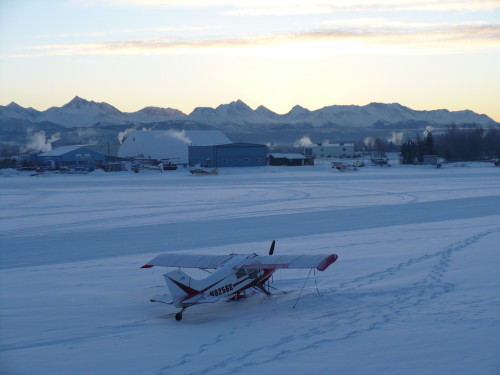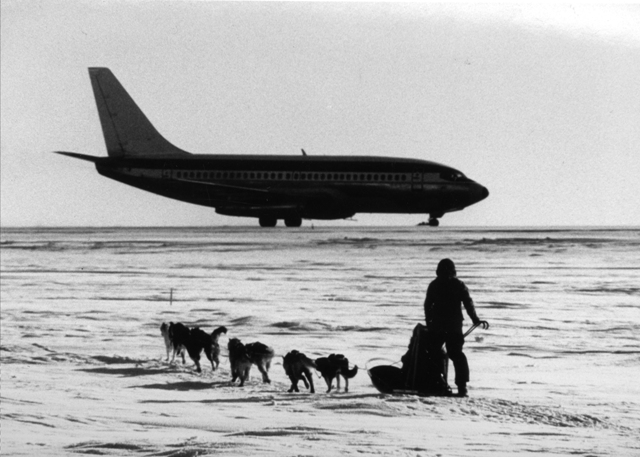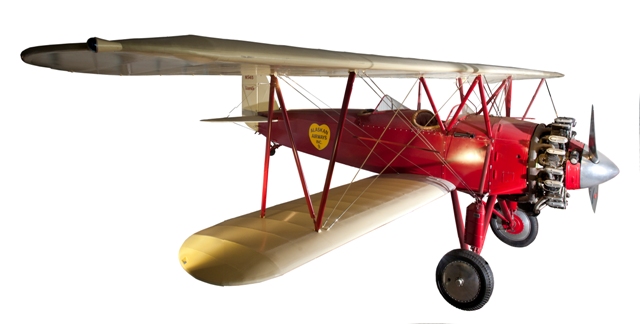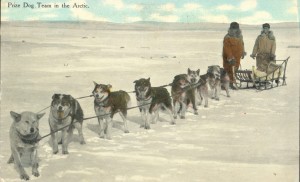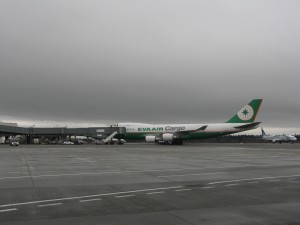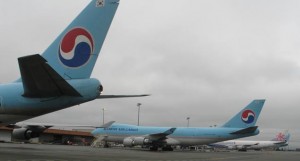It’s not Klondike-era gold nuggets they’re after, but the gold that comes from mining tourism.
Airlines, cruise companies and chains such as Cabela’s and the Hard Rock Cafe are heading north to Alaska hoping to cash in on a rising tide of visitors to the Land of the Midnight Sun.
After three consecutive years of growth, Alaska’s visitor count reached an all-time high of nearly 2 million guests between May 1, 2013, and April 30, 2014, according to the Alaska Division of Economic Development.
Those 1,961,700 visitors beat the 2007-20008 record by 5,000 people.
“For many national brands such as Hard Rock, Alaska felt too far away to be relevant to expanding a national presence and many thought it would be too difficult to run a successful branch in the state,” said Calum MacPherson, area vice president of operations at Hard Rock International, “but we’ve seen a shift in recent years.”
Hard Rock now sees Anchorage as a “thriving, up-and-coming city that is uniquely positioned with a growing and flourishing cruise business” he said. He also noted that the local population was listed by the Census Bureau as having the nation’s second-highest median income in 2011.
After a soft opening early this summer, the Hard Rock Cafe Anchorage will have a grand opening Sept. 19 at its downtown Anchorage location at Fourth Avenue and E Street, which is where the long-distance Iditarod sled dog race begins each year.
Earlier this year, Cabela’s opened a 100,000-square-foot store in Anchorage selling hunting, fishing and outdoor gear with wildlife displays, an aquarium, indoor archery range, a mountain replica, deli, fudge shop and other tourist-friendly attractions on-site. Bass Pro Shops, with a wetlands nature center, stuffed animals, an aquarium and other tourist-friendly features, opened an outpost in July.
The new tourism record for Alaska was boosted by increases in the number of cruise visitors, greater air service, growth in winter travel and an aggressive state-led tourism marketing campaign, said Joe Jacobson, director of the state’s Division of Economic Development.
Close to a million visitors toured Alaska by cruise ship last year, lured by great scenery, not to mention a reduction in the state’s passenger head tax from $46 to $34.50.
“After that, many ships returned to Alaska and new ships entered the market,” Jacobson said. Holland America added departures that brought 6 percent more guests in 2013 over 2012, Celebrity Cruises sent one of its new Solstice Class ships to Alaska for the first time and new ships entered the market, he said.
Increased air service helped Alaska boost tourism numbers as well. Virgin America and Icelandair entered the market with service to Anchorage, and several other carriers (JetBlue, United and Delta,) increased the number of their Alaskan flights.
One number that isn’t rising is the age of the average visitor.
The most recent Visitor Statistics Program report that looked at demographics (2011-2012) found that the average age decreased slightly, from 51.6 to 50.7, between 2006 and 2011.
“The glaciers took my breath away,” said Renee Brotman, a leadership coach and organizational consultant from Goodyear, Arizona, who recently visited Alaska on a cruise and is already planning a return trip. “Juneau and Ketchikan are such charming small towns. You can stand in the middle of the street and look up and see glorious mountains all around you.”
Looking ahead, Alaska’s Division of Economic Development doesn’t do a formal tourism forecast. “But because changes in cruise ship deployment have a significant impact on the Alaska visitor market—51 percent of year-round visitors and 59 percent of the summer market—cruise industry schedules for Alaska provide a good indicator of what to expect,” said Caryl McConkie, the agency’s development specialist.
Cruise Lines International Association Alaska estimated that the state will see 972,000 cruise visitors during 2014, compared with 999,600 during 2013, due in part to the redeployment of two Princess ships to Asia.
“Strong early bookings for 2015 indicate that we may make up for some of the loss of passengers in 2014,” McConkie said, “Princess is replacing the Island Princess with the larger Ruby Princess in 2015, increasing lower berth capacity by just over 1,000 passengers per voyage.”
Climate change might help the 2016 cruise season warm up as well.
Since the 1990s, expedition-style cruise companies such as Polar Cruises, have offered sailings on smaller ships (with up to 199 passengers) that leave traditionally plied Alaska waters to explore Iceland, Greenland and sections of the Northwest Passage, which connects the Pacific and the Atlantic Oceans.
In 2016, Crystal Cruises plans to be the first luxury line to navigate the Northwest Passage route.
During a cruise from Aug. 16 to Sept. 17, 2016, the 68,000-ton Crystal Serenity, which carries 1,070 passengers, will travel from Anchorage/Seward to New York City, through Arctic waterways historically not navigable by large ships.
On its website, Crystal explains that a cruise is now possible because the “amount of ice in the Northwest Passage has declined considerably over the years, especially at the end of the summer in the southern reaches of the Passage,” creating a window of time when its 13-deck vessel will have minimal risk of running into “ice concentrations.”
Prices for the voyage start at $19,975 per person.
(My story about tourism in Alaska first appeared on CNBC Road Warrior).
